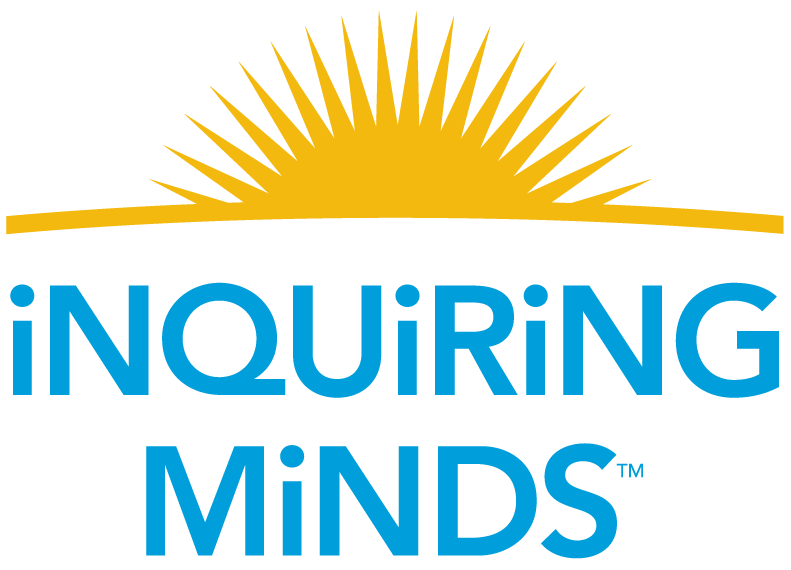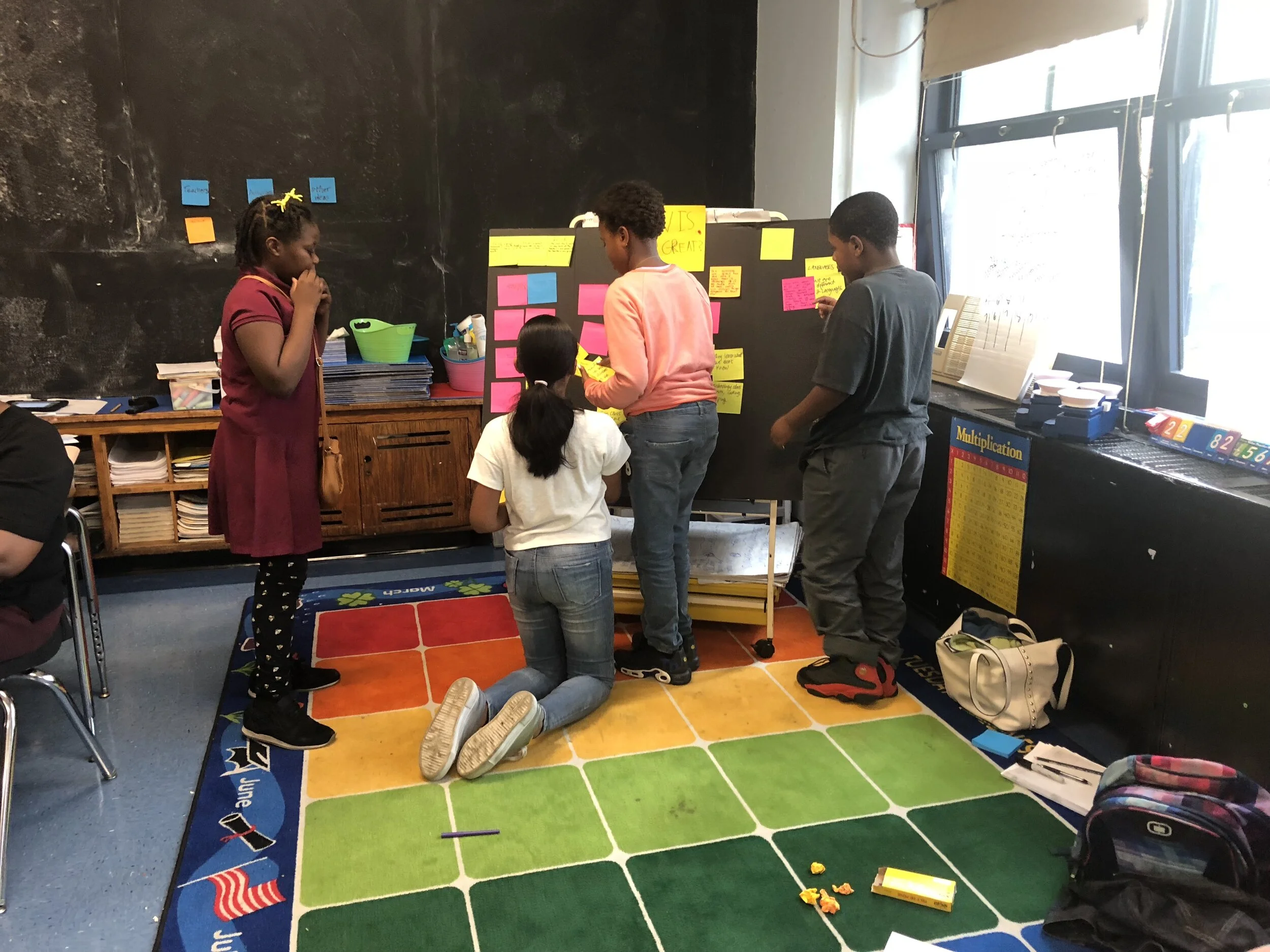Inquiry: What’s the true cost of humans on our environment?
This unit is based on What’s the Real Cost of Bananas? an inquiry developed by C3 Teachers which prompts students to investigate the social, economic, and environmental issues surrounding the global banana industry. In investigating this compelling question students explore the pros and cons of the banana industry, including the practices of multinational corporations (MNCs) and smaller fair-trade cooperatives and organizations. Students grapple with several layers of connected concerns relative to the banana industry and argue for or against increased governmental support for the fair-trade banana market. In doing so, students develop an understanding of the rights and responsibilities of private citizens like themselves as well as corporations and the government. They also begin to build a foundational understanding of the complex relationship between government and business in the local, national, and global economies, as well as their own roles as consumers of bananas as citizens in shaping these issues.
But they didn’t stop there. Ms. Dixon’s 5th grade class took What’s the Real Cost of Bananas? much further by expanding the compelling question to What’s the true cost of humans harming our environment? by using their huge Learning Wall. They made their cumulative and collective learning visible - and reveal the relevance of the inquiry to their young lived lives.
The Learning Wall is a visual tool that helps students express themselves and shows their collaborative thinking to all who entered the room. The teacher doesn’t touch the wall. They own it. When you watch the video below you’ll witness the students talking about how they integrated ideas from literature, art, and science to understand food justice and ecology.
The students’ Learning Wall is a map of What is an inquiry? journey during what was extended to several units, not just one, lasting much longer, going much deeper. The students submitted their findings for What’s the Real Cost of Bananas? to the district wide science fair and won first prize!
Learning Walls are a great way to teach cartography and chart making because the students love to draw on the wall. Note the map of the US and the Caribbean islands on the Wall. The phoenix (upper left) was drawn by a child who resisted communicate verbally in class. However, he verbally defended his choice of adding the phoenix above to the delight of Ms. Dixon and the class.
5th Graders ‘Own’ Their Learning Wall
Ruby, who was homeschooled until 5th grade, added her thoughts to the diagram the students created about human rights. “Is free will the same as freedom?” Jacquelyn added “Does freedom really exist?” This action helped integrate Ruby into her classroom at the very beginning of the school year.
Ms Dixon’s 5th grade class at PS 20 in Brooklyn was a forerunner in creating innovations on the Learning Wall. Students are encouraged to collaborate, to get out of their chairs in the midst of a lesson to add to the Wall because they see a connection between something they are currently discussing and the unit they have been creating.
For instance, a student wanted to show injustice during a unit on freedom. He asked another student, considered an artist, to illustrate his point so they worked together. The artist, who was pretty nonverbal, was thus given the opportunity to be part of the Wall in a new way. Together they defended the work to the class. He started adding more relevant illustrations after seeing how his classmates valued his contribution.
Talking about human rights led Ms. Dixon’s class to decide to explore students rights (see upper left of photo). The unit actually taught was about flora and fauna in different parts of the country. References to science, math and literature plus cartography populate the Learning Wall.
5th graders show K-5 teachers how they collaborate (without a teacher) to use a portable Learning Wall during a professional development workshop. The Wall is answering the inquiry question “What makes PS20 great?” They are grouping post its that they had just written separately so we could see a prevalence of ideas and concerns. The main answer was “the people”.




